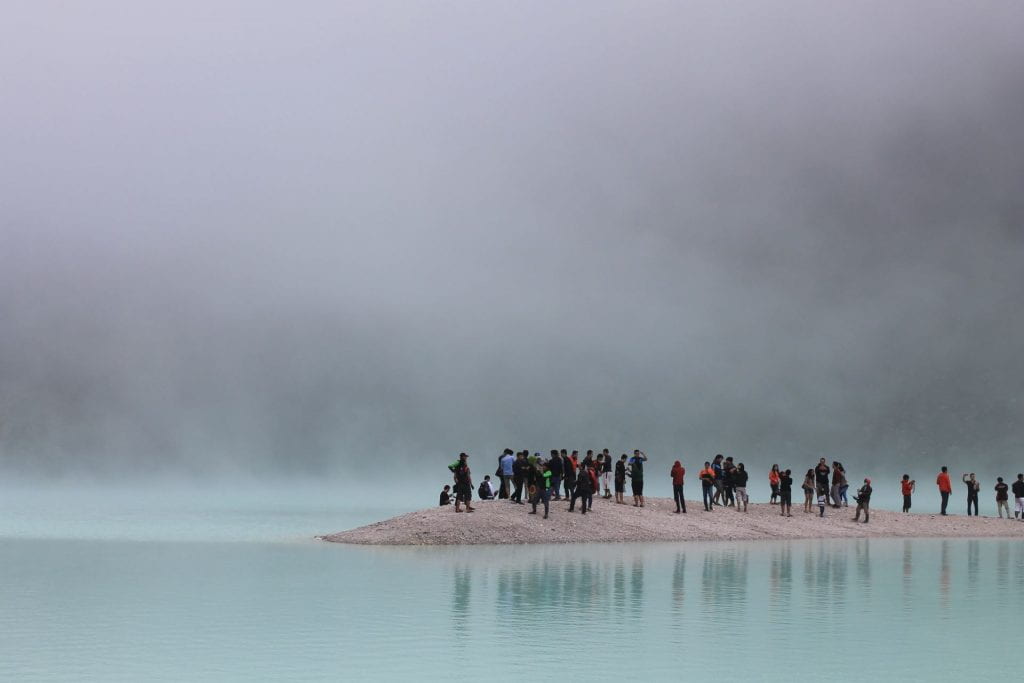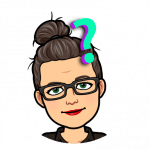Tag: Curation
Censorship creates hackers, curation creates thinkers?
(Reflection on ETL503 Module 2.6)
 When I first started this course, my thoughts on information was that it was important to me that everyone have access to all information (Moody 2005), individual limitations such as disability, geography, financial capability/internet access not-withstanding, (as this is a more complex social justice set of issues). I believed information was not something that any person or corporation should own.
When I first started this course, my thoughts on information was that it was important to me that everyone have access to all information (Moody 2005), individual limitations such as disability, geography, financial capability/internet access not-withstanding, (as this is a more complex social justice set of issues). I believed information was not something that any person or corporation should own.
In that sense, I suppose I have the heart of a hacker. Not the sort of hacker who wants to steal a person’s private information in order to rob them, I’m not talking about being a person who commits cyber crime. I am more thinking along the lines of civil liberties and protesting the rise of stringent ‘intellectual property law.’ (Coleman 2012).
Thoughts: in fact, can anyone really own information? … Similarly to the indigenous community beliefs: Does anyone really ‘own’ land: Aren’t people simply custodians of information in varying degrees?
However, as I am studying the Teacher Librarian as information specialist role, I am fine-tuning my beliefs and perceptions. I can now see how curating and resource selection can benefit students (and society) by narrowing down the playing field to a more manageable and relevant space. I am understanding my own motivations better!
Censorship, a historically relevant concept, is motivated by either overt, covert (Moody 2005, pp.145) control, social engineering and seeking proof of weaknesses in information of a whole text – negating any strengths that the information might contain (Ashiem 1953, pp. 63).
Curation (aka resource or information ‘selection’) is motivated by democratically believing in an information seeker’s ability to think, providing others with the freedom to think and read, the freedom to value information within the context in which it was written despite any perceived ‘flaws’ within the minutia of the information (Ashiem 1953, pp. 63, & Lukenbill 2007 pp.28).
When pursuing the path of ‘selection’ of resources or ‘curation’ of resources, TL’s or school resource selectors must then demonstrate ongoing and diligent and consciousness of their (possibly overt or covert) bias and motivations as well as the (possibly overt or covert) bias and motivations of other stakeholders (including ‘community standards’ arguments which seek to take content out of context or limit the range of information available to information seekers, for the purpose of censorship) for selecting or de-selecting resources in order to ensure that they do not cross the line from curation into censorship (Jenkinson 2002 pp. 23, & Moody 2005, pp. 142).
Moreover, rather than be motivated to select or deselect resources based on ‘community standards’, TLs need to focus on providing a range of information and views (Moody 2005, pp. 143) as per Australian ‘industry standards’ such as those provided by ACARA, NESA or AITSL and appropriately curating the library collection to suit the curriculum and the point of need in our individual contexts (Moody 2005, pp. 146, & Lukenbill 2007 pp 26).
Furthermore, if the school library has a formal Collection Development Plan and / or procedure for resource selection/curation/censorship policy section or survey questionnaire for challenges or complaints, then it will offer some protection from external or internal bias and censorship (Jacobson 2016, & ALA 2016).
References
ALA (2016), “Challenge Support” Retrieved from http://www.ala.org/tools/challengesupport
Asheim, L. (1953). Not censorship but selection. Wilson Library Bulletin, 28, 63-67. Retrieved from: http://www.ala.org/advocacy/intfreedom/censorshipfirstamendmentissues/notcensorship
Coleman, E. G. (2012). Coding freedom: The ethics and aesthetics of hacking. Princeton University Press.
Jacobson, L. (2016). Unnatural selection. School Library Journal, 62(10), 20. Retrieved from https://search-proquest-com.ezproxy.csu.edu.au/docview/1825615756?accountid=10344
Jenkinson, D. (2002). Selection and censorship: It’s simple arithmetic. School libraries in Canada, 2(4), 22. Retrieved from http://ezproxy.csu.edu.au/login?url=http://search.ebscohost.com/login.aspx?direct=true&db=lih&AN=7277053&site=ehost-live
Lukenbill, W.B. (2007). Censorship: What do school library specialists really know? School Library Media Research, 10. Retrieved from http://www.ala.org/aasl/sites/ala.org.aasl/files/content/aaslpubsandjournals/slr/vol10/SLMR_Censorship_V10.pdf
(2005) Covert censorship in libraries: a discussion paper, The Australian Library Journal, 54:2, 138-147, DOI: 10.1080/00049670.2005.10721741
